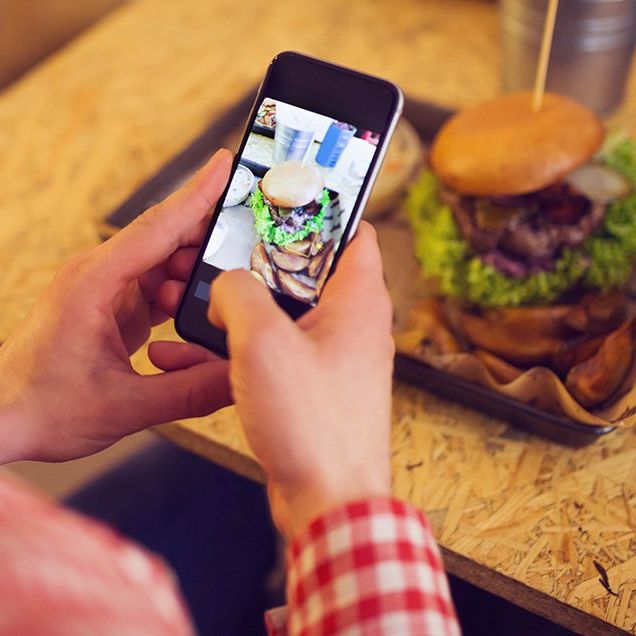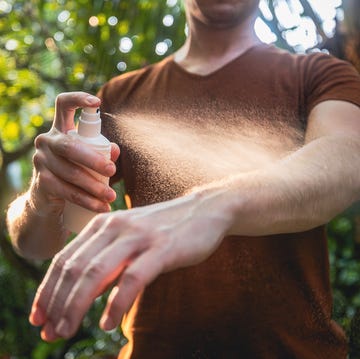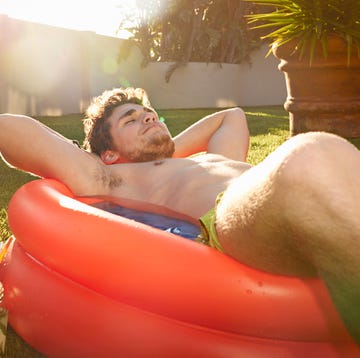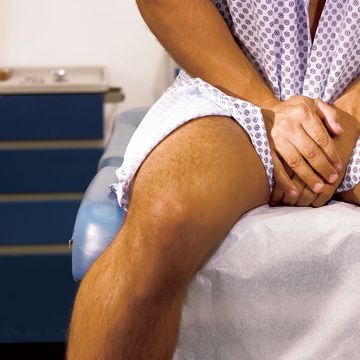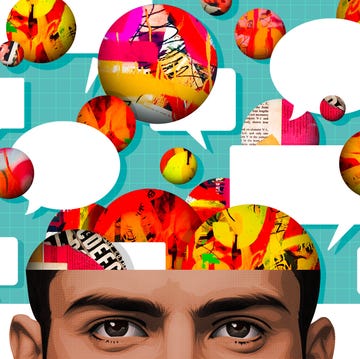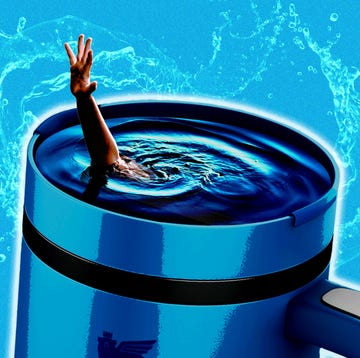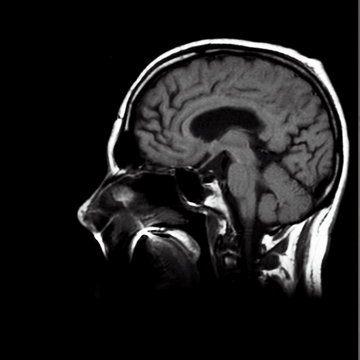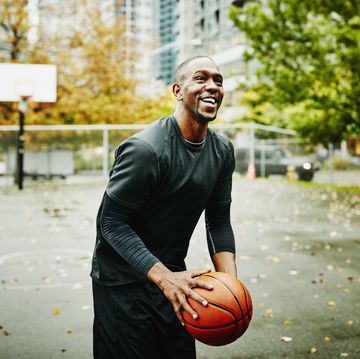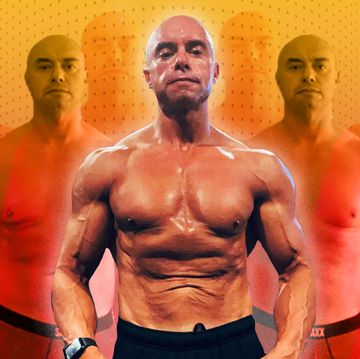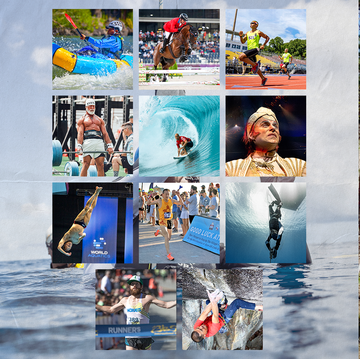First, the good news: Snapping photos of your meals and snacks may have some serious health benefits, including weight loss and better nutrition, according to researchers from Oregon State University.
But first, you’d have to learn how to accurately identify portion sizes. Without it, you could be unknowingly eating way too many calories from sources that aren’t exactly ideal. But the bad news is, even dietitians and nutritionists fall short when it comes to that skill, the study found.
In the study, students in those programs were told to ID foods and serving sizes in photos of meals on plates. They correctly identified nine different foods nearly 80 percent of the time, but struggled with serving size.
Only 38 percent of the estimates were within 10 percent of the actual weight of the food. Some foods that had higher energy density or an amorphous shape—such globs of ice cream—were the hardest to assess. For example, only 18 percent correctly assessed the quantity of ice cream shown, leading to a difference of 93 calories more than identified.
With potato chips, 31 percent quantified the amount correctly, but those who weren’t missed by about 50 calories in their estimation. None of the study participants were able to correctly identify the portion size of mixed salad greens.
Smartphone photos of food intake could be a boon for your health, because they would provide more objective, accurate information than if you tried to simply recall what you ate recently. For instance, a pre-diabetic patient could take photos of three days’ worth of meals, and a dietitian could come up with suggestions for dietary recommendations from that, the researchers said in a press release.
But the benefits are significantly reduced without insight into portion sizes. Without that knowledge, the dietitian could underestimate or overestimate calorie intake, nutrient density, and salt intake. For weight loss, knowing how much you eat is just as important as what you eat.
The researchers suggested that dieticians and nutritionists need to undergo some serious training to be able to use smartphone photos as a source of information. But until then, there’s one way you can get better at determining portion sizes yourself: start cooking more. (You can also check out these 12 easy ways to estimate serving sizes.)
In the study, the students who did best in the assessments were those who had the most experience cooking at home from recipes, which required frequent measuring of ingredients. That habit gives you more insight into portions, the researchers suggest.
